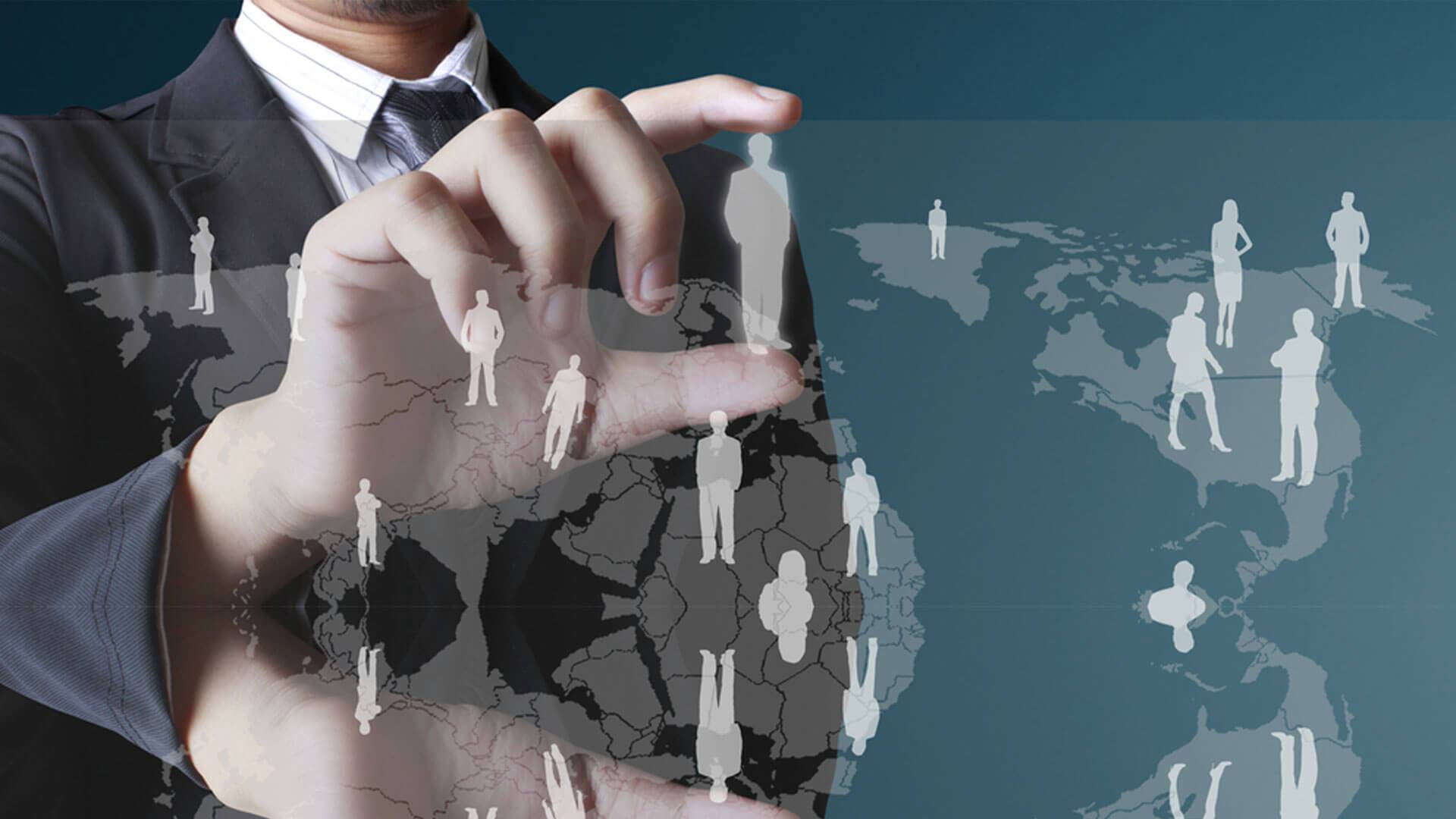From recruiting to performance measurement and workforce planning, people analytics is experiencing dynamic avatars in its role as an embedded application. The HR department is smarting under the challenge to move beyond the traditional review of data and take cognizance of the market factors at large. Embedded analytical tools use workforce data to improve performance and manage operations. The upshot of this trend of using embedded people analytics is that new business-driven solutions help in evaluating, predicting, and leveraging a broad range of business issues.
A case in point is the coming together of analytics, Business Intelligence, and Artificial Intelligence—there is no better example to show that the growth in the use of organizational network analysis (ONA) and “interaction analytics” (studying employee behavior) to leverage opportunities for business improvement. ONA software interprets email traffic. From monitoring employees’ stress levels to helping spot fraud, abuse, and poor management, ONA software can assist the functional heads to undertake corrective measures. The software can also support tools and applications for analyzing employee feedback, performance, and management challenges. More importantly, it can assist in identifying key knowledge management resources, subject-matter experts, and organizational influencers based on their interactions and relationships. Tracking and analyzing different data sources and types—including voice communications, personal interactions, and videos—give advanced, embedded analytics tools an edge.
According to a Deloitte study, a majority of organizations are building integrated systems to analyze worker-related data. Companies are monitoring people data from a variety of sources. They harbour no reservation on opening up social media, surveys, and HR data to mining. This helps them to create a comprehensive “employee listening architecture.” Moreover, it provides insights about the entire employee experience, apart from the performance metrics, including job progression, etc. On the other hand, with HR processes becoming increasingly optimised and digitalised, E-HRM allows managers and employees to control and conduct their own HR matters. The upshot of such a reality is that the role of HR is changing from an administrative and operational function. HR is now a more strategic and advisory role. In fact, HR professionals consider HR analytics an important partner in successfully accomplishing the objectives of this new role and providing the organisation with data-driven advice.
However, the use and application of workforce data has come in for renewed scrutiny due to the new GDPR regime in force. The debate still rages on whether “data-driven decisions” are consistently understandable, accurate, and good. Experts point out to large tech companies, such as Facebook and Twitter, which have employed experienced personnel controlling AI applications. Although people analytics is witnessing explosive growth, enterprises must embrace strategies such as anonymization and encryption to manage the risks associated with storing and processing personal information. It is important for enterprises to adhere to contextual usage of people data and analytics.
